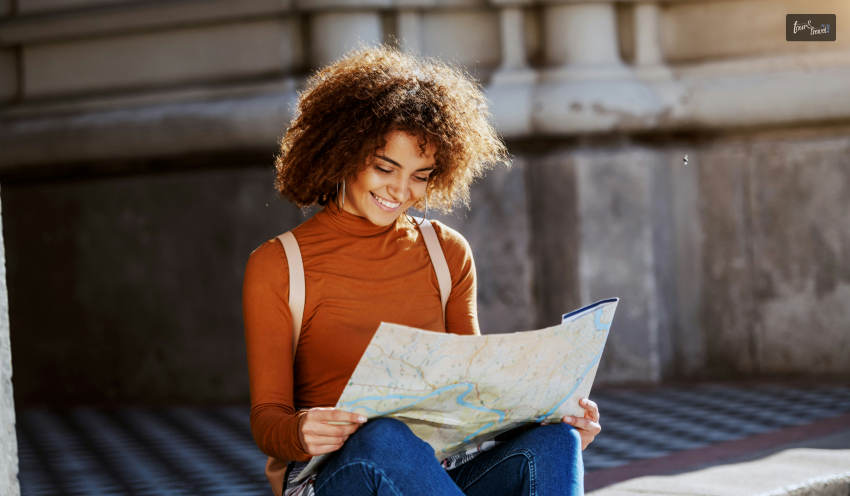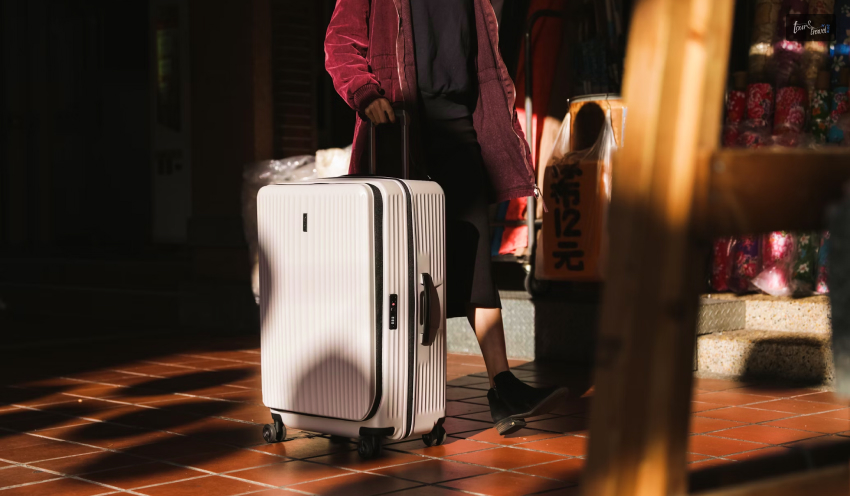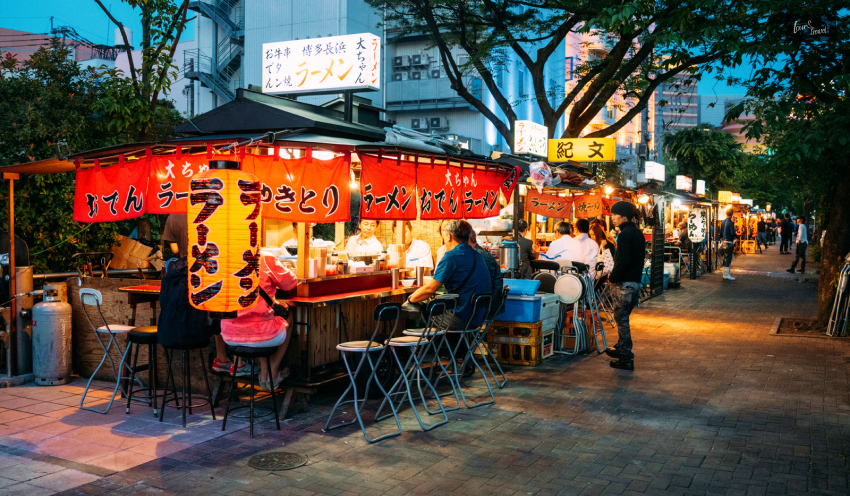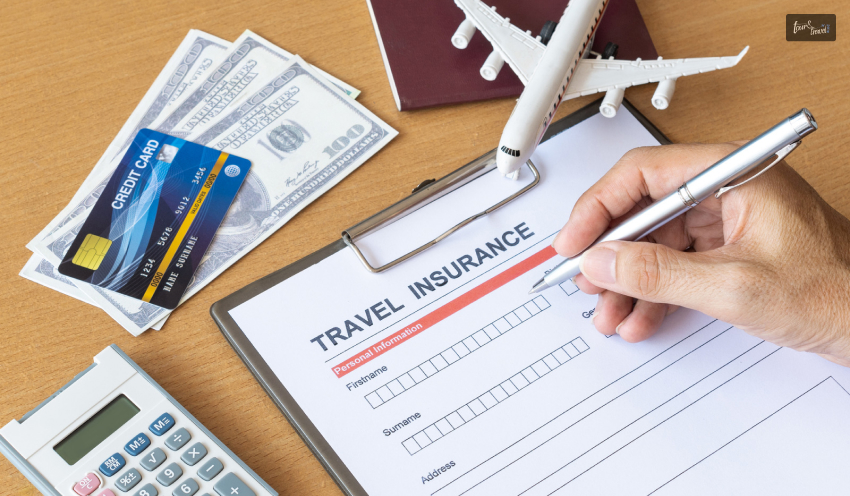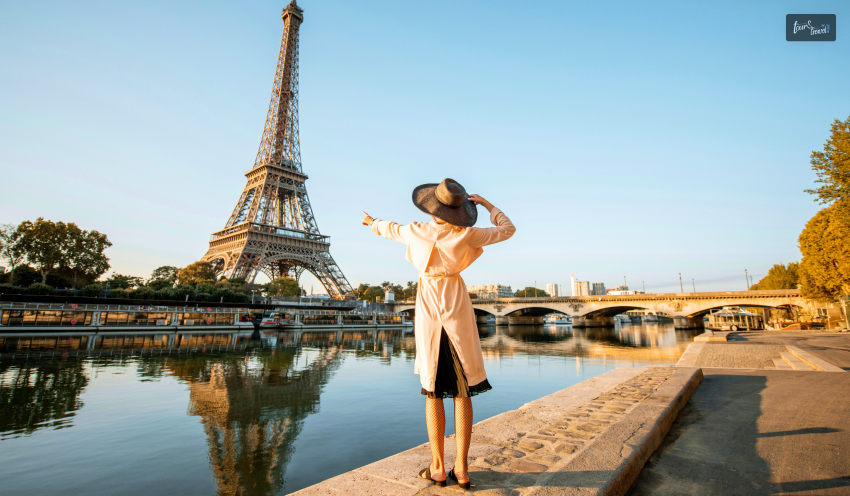Best Time To Visit New York: Know New York Weather By Month
BY Abdul Aziz Sep 16, 2021
What is the best time to visit New York? Well, the answer is tricky. Google will tell you that the shoulder seasons are the best time to visit New York. New York is indeed delightful from April to May and September to October. However, a seasoned traveler knows that New York shows its beauty across all seasons. For example, you may spend the most happening Christmas in New York. So, for you, of course, December is the best time to visit New York. So, New York is a year-round destination, and the best time to visit New York depends on the experience you want and the places in New York you plan to visit. Best Time To Visit New York: Plan Your Trip Right The temperature in New York is always pleasant, and it is always fine for us to visit New York. Having said that, New York has some specialties in every season. When To Visit New York City? If you are asking for my recommendation? Then I would recommend from April to June, September to early November is the best time to visit New York. During this period, the temperature in NYC is quite pleasant. But you might find the crowd a little uncomfortable during this season. But if you wish to visit New York at low expenditure, then from mid-Jan to the end of Feb is the most fitting travel season for you. If you are looking to visit New York in the best season possible, you need to plan well in advance for your hotel bookings. New York sees a lot of tourists during the best seasons hence it is best that you work on the hotel and travel bookings with cozycozy.com. This will ensure that you have the best stay in New York City. In my opinion, September is the best time to visit NYC. Let us check some of the best times in New York City which we can enjoy the most. 2. Best Time To Visit New York For Good Weather Conditions The good weather in New York is usually found from May to October although from July to August it is usually very hot and humid. This time period can not be considered the best time to visit New York. If you are visiting New York during the Spring, you are in for a treat. The bustling Central Park, the high-energy Wall Street, and other attractions really come into their own. Open Bus Tours in New York City can be enjoyed during this period. The same will take you through the major city spots and allow you to enjoy the food, culture, and history of the place. Further, Autumn, with all the leaves turning yellow and red, is the season of festivals, including Halloween and the Rockefeller Center Tree Lighting Ceremony. So, here, I present a table featuring the highest and lowest temperatures in New York by month. MonthHighest Temperature (°C)Lowest Temperature (°C)Rainfall (Number of Days)January5-38February7-27March1038April1889May22159June271710July302110August292011September29157October25106November1756December1008 3. Best Time For Sight Seeing In New York Summer and winters are both have different flavors essences. For the travel thirsty people, every season is the best time for sightseeing of course obviously without natural calamity. April to November is the best time for sightseeing in New York. However, the months of June, July, and August may throw some restrictions on outdoor activities as the days of rainfall are higher in these months. 4. Best Time To Explore The Nightlife Of New York The best time for nightlife in NYC has no boundaries, it can be done throughout the year. The nightlife in NYC throughout the year looks magnificent and unbelievably beautiful. The night charm of New York City is full of entertainment. Manhattan is a popular area where you are going to get hundreds of street sidebars along with discos and pubs. Most of these pubs and disc are remain open for the whole night. If you want to spend your whole night, focus on Manhattan city to enjoy your entire night with good food and drinks. Best Time To Book Hotels New York is one of the most expensive places to visit in the world, so one should make plans beforehand. You must find out the best hotels in New York or the best hotels for a family stay in NYC. You can Google or use apps to find out the best hotels in New York. Best Time To Do Shopping In New York New York is famous for its bargain market. At most shopping plazas, sales are available at least twice a year in New York. So there is no such great time to go shopping in New York. New York is famous for shopping, so don’t worry, you are likely to meet any of the sale seasons whenever you visit are heading towards New York. Brookfield Place is the best shopping plaza for travelers. And Manhattan is the best place where you get the whole package of the entertainment shopping mall to restaurants everything is present in the same place. Best Time To Avoid Crowd In New York People usually do not like to visit New York during the chilly winter months that is from January to mid of March. Usually, most of the families going to New York do not like to get into the crowd, or it is actually difficult to go sightseeing in very winter and the crowded places in New York. The plus point of going to New York during crowd time is that you will get air tickets at a cheap cost, plus the stay in New York would be cheap. New York City Events And Festival As I have already told you beforehand the new York is a great place to be all throughout the year. But especially the events and the festival of New York City make the place even more charming and cheerful. Let’s Start month-wise, this information is something which I collected when I went to New York. Best Things To Do In New York In January There is always something or the other going on in New York throughout the year. But in January, some special events happen in New York. Out of everything that happens in the January season, I have chosen some of the best things to do in New York in January. New York is anyway famous for its Jazz Fest, which is held in more than 11 venues. Birdland and Blue note are the most famous jazz pub in New York. In the entire month of January, there are at least 100 shows that are put up. There some Broadway shows. You can attend the Broadway show with one more person paying for one person. In the month of January, January is the best month to enjoy food, during this month. An entire week is solely dedicated to the Restaurants, which is why this week is called Restaurant’s week in New York. Best Things To Do In New York In February As of February sets in the fashion week sets in New York, It is actually great to find out about New York’s Fashion Week which is held in the month of February. All the best Designers of the world showcase their masterpieces in this fashion week. * The March and April months remain quite less-festive, there is barely any such eventful event that you will be covering in your visit. Then again the events set in from May month onwards. Best Things To Do In New York In May The three major things that happen in the month of May are the Ninth Avenue International Food Festival, Washington Square Outdoor Art Exhibition, and Fleet Week. These events are taking place in New York in the month of February. These three festivals are facing innumerable visitors from all over the world. Hence, these events are famous all across the world. worldwide, so do not forget to visit this event to get a worldwide traveling experience. Best Things To Do In New York In June And July This is the peak time when a lot of people fly to New York, so the most amazing events are hosted at this time. The events are Belmont Stakes, Pride Festival and March, Shakespeare in the Park, NYC Restaurant Week, Lincoln Center Out of Doors Festival. Best Things To Do In New York From September To December This is the best time to visit New York and is famous for the festive season, right from festivals to celebrations. There are many best things which you can do in New York from September to December. Such as the village Halloween Parade, Rockefeller Center Tree Lighting Ceremony, Ice Skating Rinks, Holiday Window Displays, New Year’s Eve at Times Square, New Year’s Eve Fireworks. These all are the events of New York which New York events are make helping to make the mood of the travelers. This time the aura of New York amazingly becoming unique and lovely. New York has many places that people are unaware of. But if you are in New York, then do not forget to visit Maryland and Manhattan. It is advisable to make a wise decision by choosing the best time to visit New York according to you. These places are extraordinarily beautiful, and there are many things to do in New York, which I will discuss in my next article. If you like this article, then keep tuned in to Tour and Travel Blog for more insights on New York. FREQUENTLY ASKED QUESTIONS (FAQs) What is the cheapest month to visit New York? As you know the cheapest month of the year that is suitable to visit New York is from January to March. In these three months the costs of both flight and hotel are average for the whole year. Where should I stay for my first trip to New York? Here is a list of places, Middle Town Upper East Side Chelsea and Greenwich Village Soho and Lower East Side Queens How many days do you need in New York? You actually need three days to see the main things in New York. If you want to cut the three days in two, that can be done as well. Should I stay in Times Square? Absolutely, with no doubt. The main reason to stay in Times Square is for the location. You are basically in the heart of the city. It's a tourist attraction. At night it is perfect for walking with holding hands with your loved ones. You May Also Like: Top 7 Places To Visit For An Asian Solo Traveler Top 7 Nantucket Beaches For Tourists In Massachusetts 10 Things To Do In Bogota – You Must Know Before Going

